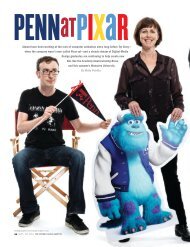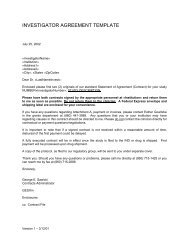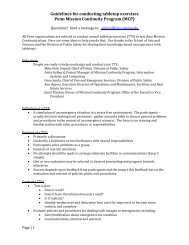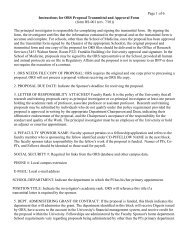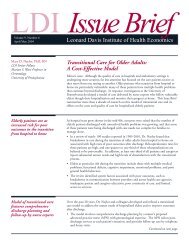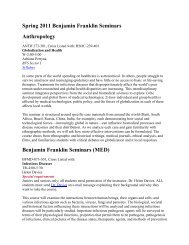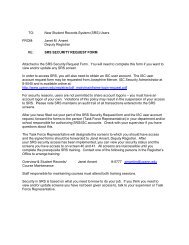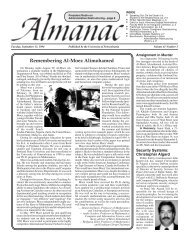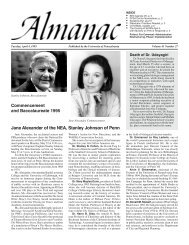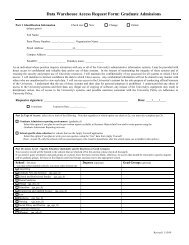Assignment Rubric (points scaled x4) - www.hccs.edu. A
Assignment Rubric (points scaled x4) - www.hccs.edu. A
Assignment Rubric (points scaled x4) - www.hccs.edu. A
- No tags were found...
Create successful ePaper yourself
Turn your PDF publications into a flip-book with our unique Google optimized e-Paper software.
<strong>Rubric</strong> for Final Written <strong>Assignment</strong> in Kevin Werbach’s Gamification <strong>Assignment</strong> You are approached by Cheyenne Kendrick, the CEO of Go Digital Press (GDP), a globalpublisher of electronic books for devices such as the Kindle, Nook, and iPad. She knowsyou are one of the top experts on gamification, which she has heard can revolutionizepublishing. She asks you to present a proposal for a gamified system to take her businessto the next level.GDP concentrates on the trade segment of the book market, i.e. non-fiction publicationsthat would traditionally appear in bookstores, rather than mass-market paperbacks.Approximately 50% of its titles are targeted at business professionals; 25% are <strong>edu</strong>cationalresources on technical topics such as computer programming; and the remainder address avariety of different subjects.As a pioneer in e-book publishing, GDP faces the challenge that many users, even in theU.S., do not yet own reader devices. As of April 2012, only 21% of American adultsreported that they had read an e-book in the past year, although those numbers areincreasing rapidly. Kendrick tells you that another concern is that the device manufacturersand their associated distribution platforms control the sales process, making it difficult forpublishers such as GDP to obtain data or develop direct customer relationships. On thepositive side, an e-book is a flexible digital asset, which can offer interactive featuresbeyond any physical book. Kendrick asks you to propose a way to gamify the distributionor consumption of e-books, or both.Provide a detailed description of your proposal, organized according to the designframework described in the lectures in Unit 7:1. Define business objectives2. Delineate target behaviors3. Describe your players4. Devise activity loops5. Don’t forget the fun!6. Deploy the appropriate toolsA summary of each concept is provided on the Gamification Design Framework page.Format: Maximum of 1500 words. A normal answer will have descriptive text, and/or a setof bullet <strong>points</strong>, for each of the six sections of the design framework.<strong>Rubric</strong> (<strong>points</strong> <strong>scaled</strong> <strong>x4</strong>) There is only one component to the score for this assignment. You may optionally alsoprovide free-form feedback to the student.The submission should be the student’s own work. If you conclude that a substantialportion has been copied without attribution from another student or an online resource,assign a score of “0” to both components.
0 No answer or completely irrelevant answer.1 Addresses three or fewer of the six sections of the design framework.2 Addresses four or more of six sections of the design framework, but fails to describe agamified system that the grader can envision.3 Describes a gamified system and addresses four or more of the six sections of thedesign framework, but does so in a way that is obvious or vague. For example, “Theplayers are the readers of e-books published by GDP.”4 Describes a gamified system and addresses all six sections of the design framework,but fails to adequately explain how the proposed system would address the goals identifiedin the problem.5 Describes a specific, realistic gamified system and addresses all six sections of thedesign framework in a manner that is generally thoughtful, consistent, and insightful.“Overall” section asked students to comment:What I liked was . . . .What could have made this better was . . .



